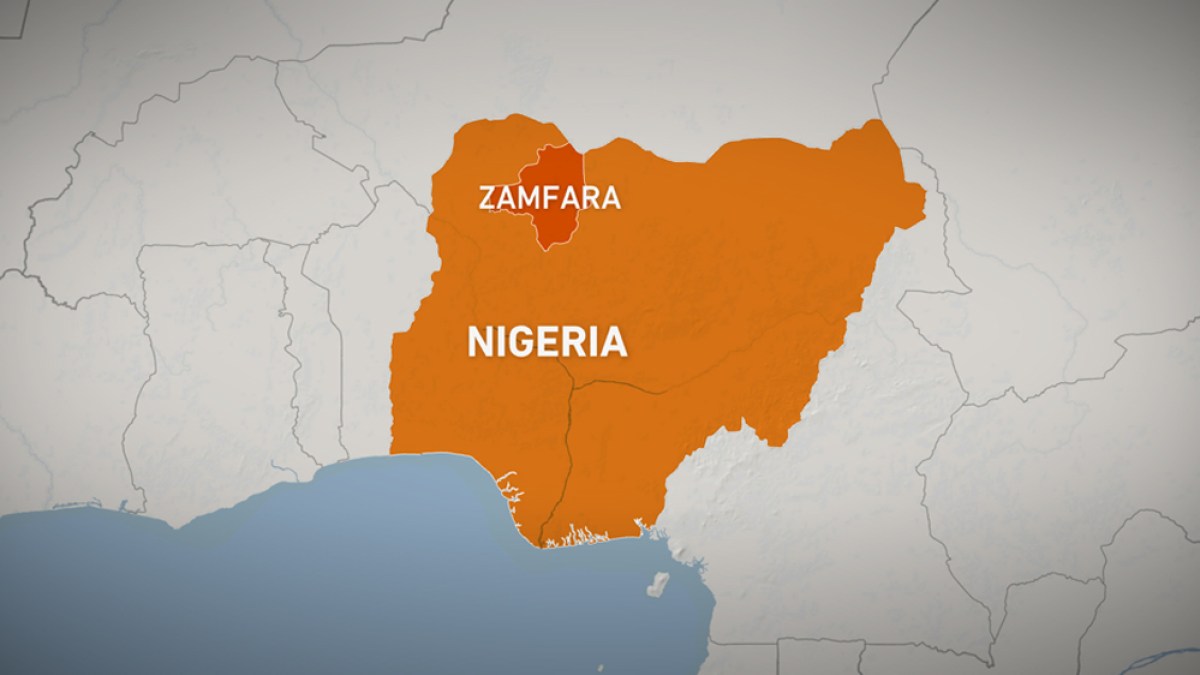WFP appeals for re-opening of Ukraine ports to avert looming famine threat — Global Issues
The move would allow for food produced in the war-torn country to flow freely to the rest of the world as well as avoid “mountains” of grain from going to waste.
‘Running out of time’
“Right now, Ukraine’s grain silos are full. At the same time, 44 million people around the world are marching towards starvation. We have to open up these ports so that food can move in and out of Ukraine. The world demands it because hundreds of millions of people globally depend on these supplies,” WFP Executive Director David Beasley said.
“We’re running out of time and the cost of inaction will be higher than anyone can imagine. I urge all parties involved to allow this food to get out of Ukraine to where it’s desperately needed so we can avert the looming threat of famine”.
The crisis is another fallout from the war, which began on 24 February.
Stuck in silos
Ports on the Black Sea are blocked, leaving millions of metric tonnes of grain trapped in silos on land, or on ships that are unable to move.
Unless ports reopen, Ukrainian farmers will have nowhere to store the next harvest in July and August, WFP said.
“The result will be mountains of grain going to waste while WFP and the world struggle to deal with an already catastrophic global hunger crisis,” the agency said.
Some 276 million people around the globe were already facing acute hunger at the beginning of the year. That number could rise by 47 million if the war continues, according to WFP, with the steepest rises in sub-Saharan Africa.
Feeding the world
Prior to the conflict, most of the food produced in Ukraine was exported through the country’s seven Black Sea ports. More than 50 million metric tonnes of grain transited through the ports in the eight months before the war began, and exports were enough to feed 400 million people.
The disruption caused by the war has already pushed food commodity prices well above record highs reached earlier this year. In March, export prices for wheat and maize rose 22 per cent and 20 per cent, respectively, on top of steep increases in 2021 and early 2022.
WFP has also felt the impact. Soaring prices for food and fuel have hiked operational costs by up to $71 million a month, or equivalent to providing nearly four million people with a daily ration for one month, thus affecting the agency’s ability to respond to hunger crises around the world.
Check out our Latest News and Follow us at Facebook
Original Source





